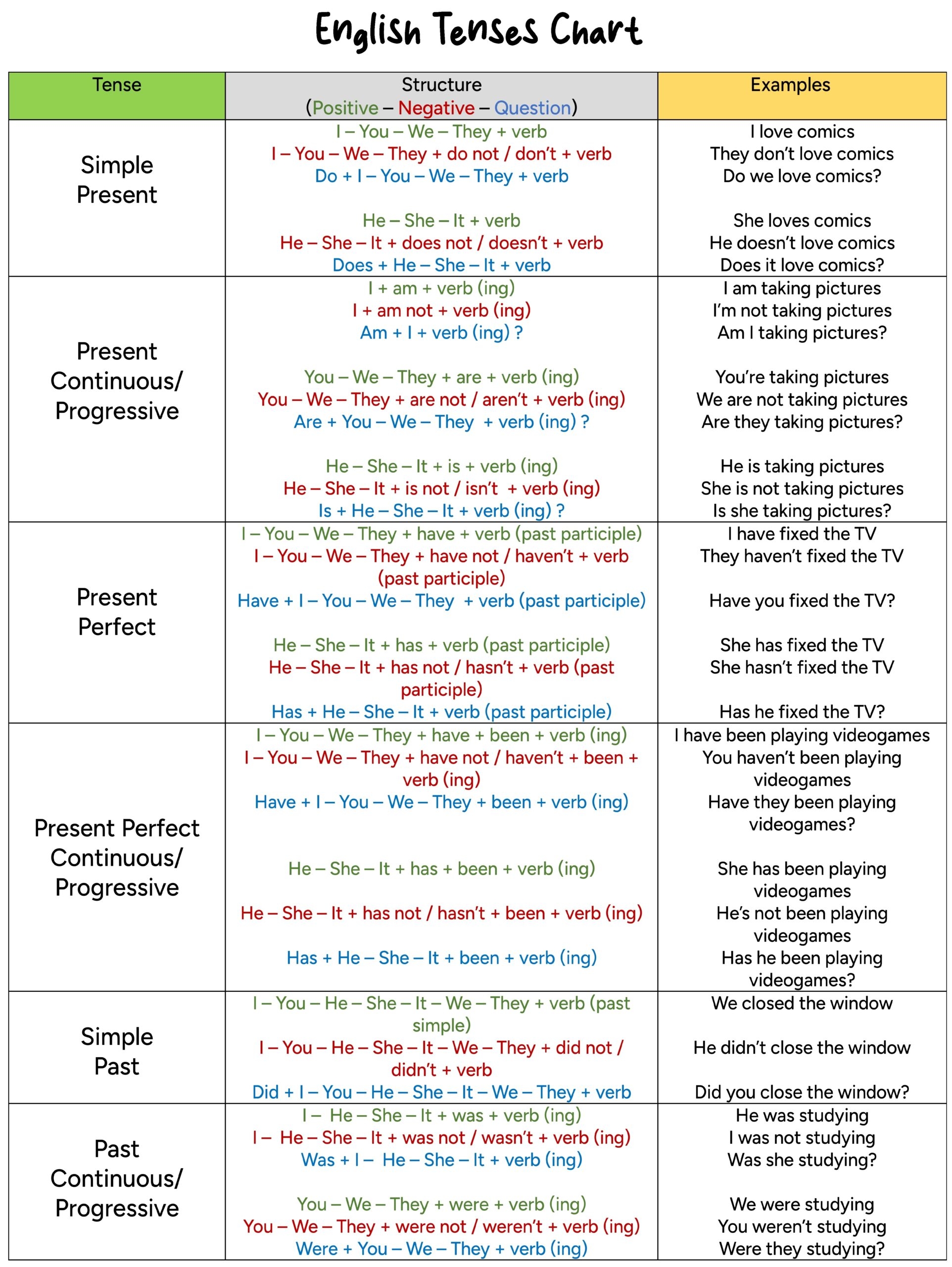Verbs are an essential part of any language, including English. One of the most commonly used verbs in English is the verb “to be.” Understanding the various tenses of the verb “to be” is crucial for forming proper sentences and conveying the intended meaning accurately.
Whether you are a beginner or an advanced English learner, mastering the verb “to be” in all its tenses will greatly improve your communication skills and help you express yourself more effectively in both spoken and written English.
Verb to Be Tenses
The verb “to be” has three primary tenses: present, past, and future. Each tense is used to indicate a different time frame and can change the meaning of a sentence significantly. Let’s explore each of these tenses in more detail:
In the present tense, “to be” is conjugated as follows:
– I am
– You are
– He/She/It is
– We are
– They are
The present tense is used to describe actions or states that are currently happening or are true in general.
In the past tense, “to be” is conjugated as follows:
– I was
– You were
– He/She/It was
– We were
– They were
The past tense is used to describe actions or states that occurred in the past.
In the future tense, “to be” is conjugated as follows:
– I will be
– You will be
– He/She/It will be
– We will be
– They will be
The future tense is used to describe actions or states that will happen at a later time.
Understanding when to use each tense of the verb “to be” is essential for clear and effective communication in English. Practice using these tenses in sentences to improve your grasp of English grammar and become a more confident speaker and writer.
Closing Thoughts
Mastering the verb “to be” tenses is a fundamental aspect of learning English grammar. By understanding the present, past, and future tenses of “to be,” you will be better equipped to express yourself accurately and confidently in English. Keep practicing and applying these tenses in your conversations and writing to enhance your language skills.
